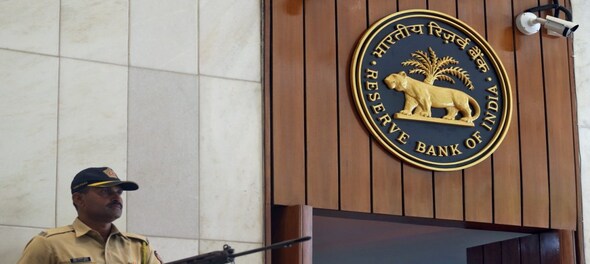
Is the consolidation of public sector banks (PSBs) the answer to all its miseries? What does the alleged swindling of money by Nirav Modi and Vijay Mallya, reveal about the Indian banking system? Does the central banker ‘need new clothes’ to better its role as the regulator?
In his sixth book, "Pandemonium: The Great Indian Banking Tragedy", financial writer and journalist Tamal Bandyopadhyay attempts to decode the above issues, and among others tries to understand what's plaguing the Indian banking system for decades. The book is broadly segregated into five parts, with each providing a deep-dive into the history, scams, possible resolution of the banking sector along with case studies of events that shook the financial system of the country.
Halfway through the book, it comes to fore that there is no single answer to the myriad problems of the banking sector. As former RBI Governor C Rangarajan shares in the book, "It's difficult to pinpoint who specifically is responsible for this banking mess". Asset quality issues, credit growth concerns, poor governance, evergreening of loans, recapitalisation – the excess or lack of – are just a handful of issues hounding the banking sector. It's commendable how Bandyopadhyay has tried to dissect a lot of them, because the list doesn't end here. The PSBs of course, have their own set of problems and have rightfully reserved a chapter for themselves in the book.

Understanding how the Indian banking system functions and what has led to its many "tragedies" is not an easy task. "Pandemonium" gives an interesting peak into the institutional history of banks and what's ailing them in the current scenario and is devoid of any fancy vocabulary. Bandyopadhyay makes sure readers get hooked by slipping in gentle reminders that in-depth, exhaustive explanations of certain events and technicalities, await readers in the chapters to come. This should be a must-read for anyone who envisions a career in policy making, financial services or bureaucracy.
The second-last section of the book is most engaging. The reason – Bandyopadhyay catches up with four former heads of Reserve Bank of India to get a sense of all that's gone down south for banks and how they can come out it. In the candid conversations, the four former RBI governors give a sneak-peak into their respective tenures and we get a sense if there was anything they'd have done differently.
Finance Minister Nirmala Sitharaman believes consolidation of banks to be one of the pillars in India's journey of becoming a $5 trillion economy. Whether the Indian economy's slowdown is a result of the banking sector's problem or are there economic issues affecting the sector, is another uniform point of discussion throughout the book.
Simply put, a gamut of structural and other issues are presently holding the Indian banking sector back. Bad loans, non-performing assets coupled with weak balance sheets are dragging down potentials of Indian banks and it's time to act upon the sweeping changes. In Bandyopadhyay's words, the banking system catering to the world's second-largest population has become the poster-child for non-performance. This book could possibly urge you to question – why?
First Published: Nov 12, 2020 9:56 PM IST
Check out our in-depth Market Coverage, Business News & get real-time Stock Market Updates on CNBC-TV18. Also, Watch our channels CNBC-TV18, CNBC Awaaz and CNBC Bajar Live on-the-go!


Lok Sabha Elections 2024 | Assault allegations or political accusations— what's Swati Maliwal controversy all about
May 19, 2024 2:25 PM
Phase five Lok Sabha polls: Rae Bareli, Amethi among 14 UP seats going to polls on Monday
May 19, 2024 1:03 PM
AAP protest walk: Arvind Kejriwal challenges BJP to arrest entire party, Delhi Police imposes Section 144
May 19, 2024 12:26 PM
Terror attacks in Kashmir raise concerns ahead of May 20 and May 25 election
May 19, 2024 12:15 PM

